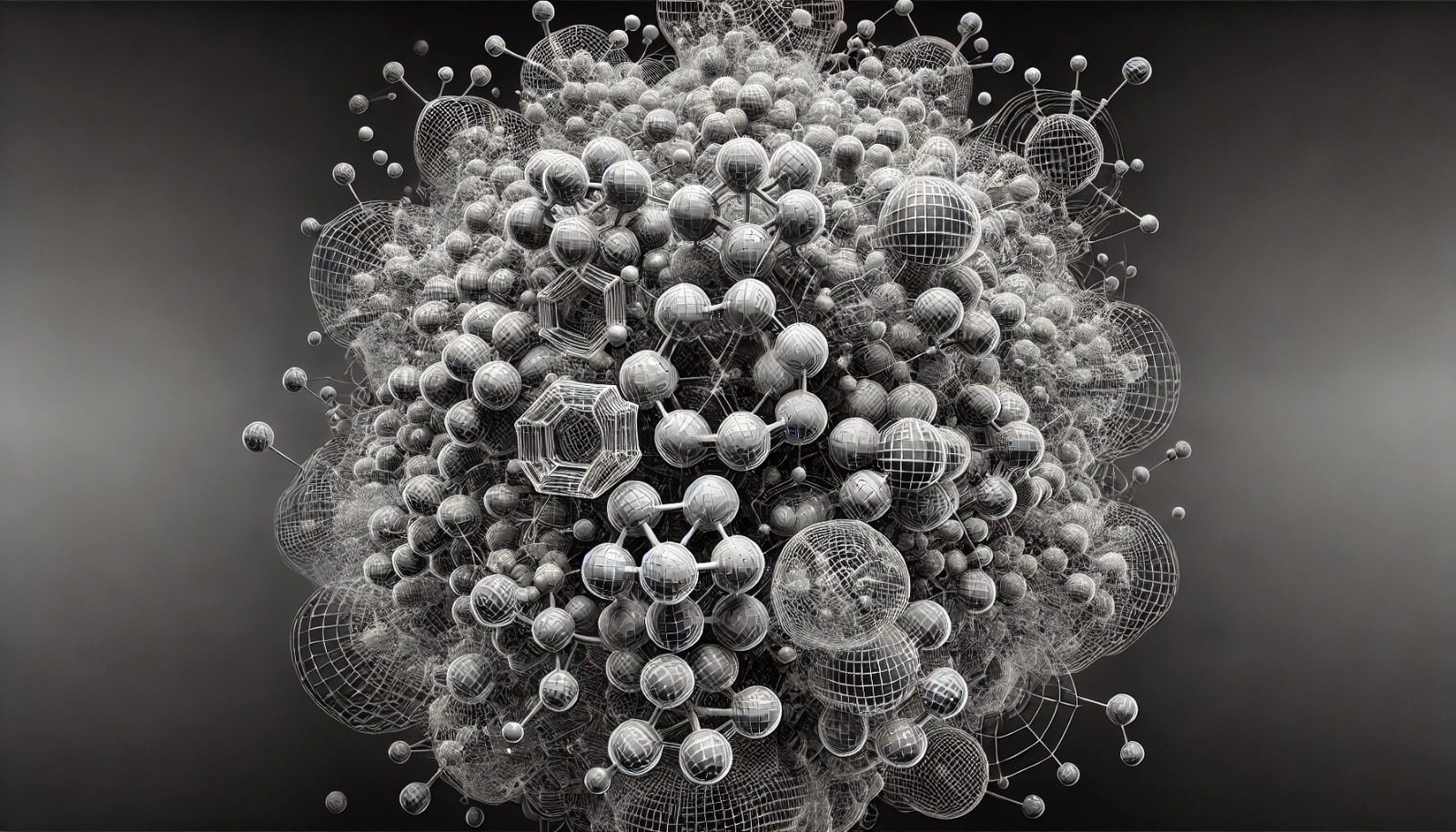Particle Size Distribution by Microscopy
Schedule a MeetingDetermination of API Particle Size Distribution(PSD) by Microscopy
The particle size distribution (PSD) of active pharmaceutical ingredients (API) significantly influences the effectiveness and performance of solid dosage formulations. Microscopy techniques play a pivotal role in accurately analyzing API PSD, enabling for precise characterization and optimization of drug products. In this article, we will explore the various microscopy methods used to evaluate API particle size distribution and their significance in pharmaceutical research and development.

Advantages and Considerations of Microscopy Techniques
Microscopy techniques offer diverse advantages for determining API particle size distribution. They provide direct visualization of particles, allowing for comprehensive morphological analysis alongside precise size measurement. Microscopy also enables the detection of particle shape irregularities, crystal structures, and the presence of agglomerates or impurities. Additionally, images captured during microscopy analysis can be used for future reference or documentation.
Optical Microscopy:
Optical microscopy utilizes visible light to observe and measure particles. This cost-effective approach provides qualitative evaluation of particle size and morphology. By employing image analysis software, quantitative measurements can be performed, enabling the determination of API particle size distribution (PSD). Optical microscopy is particularly valuable during early-stage formulation development, especially for larger particles.
Scanning Electron Microscopy (SEM):
Scanning electron microscope (SEM) offers exceptional high-resolution imaging capabilities, enabling detailed examination of API particles in the nanometer range. SEM scans a focused electron beam across the sample surface, generating secondary electron signals to create an image. This technique provides indispensable information on particle shape, surface texture, and size distribution. By capturing images at various magnifications, accurate measurements of API particle size can be obtained, facilitating a comprehensive size distribution profile.
Transmission Electron Microscope (TEM):
Transmission electron microscope (TEM) is a advanced tool for direct imaging and sizing of API particles at the nanoscale. In TEM, a beam of electrons passes through a thin slice of the sample, forming a high-resolution image on a fluorescent screen or a digital camera. By analyzing these images, researchers can obtain precise particle size measurements and morphology. TEM is particularly useful for analyzing nanoparticles and submicron-sized API particles.
Sample Preparation:
Proper sample preparation is critical for accurate particle size determination by microscopy. To avoid aggregation or agglomeration, API particles must be appropriately dispersed in a suitable medium. Techniques such as sonication, dispersing agents, or formation of suspensions may be employed to achieve uniform dispersion. Following dispersion, a small aliquot of the sample is typically deposited onto a suitable substrate, such as a microscopy slide or grid, for observation. Careful sample preparation ensures representative and reliable analysis.
Harnessing Microscopy for Optimized Formulation Development
Why ChooseNishka Research
By partnering with Nishka Research, you can ensure precise API particle size determination and gain valuable insights to optimize your formulations for enhanced performance, stability, and regulatory compliance. Don’t miss out on this opportunity. Contact us now to get start the journey.
Looking for a trusted partner to achieve your research goals? schedule a meeting with us, send us a request, or call us at +91 78427 98518 to learn more about our services and how we can support you.
Need help or have a question?

Nishka Research Brochure
We deliver next-gen research services, Testing & Consultation know more..
